🐧 Pudgy Penguins: How a Meme Became a Blueprint for NFT Survival
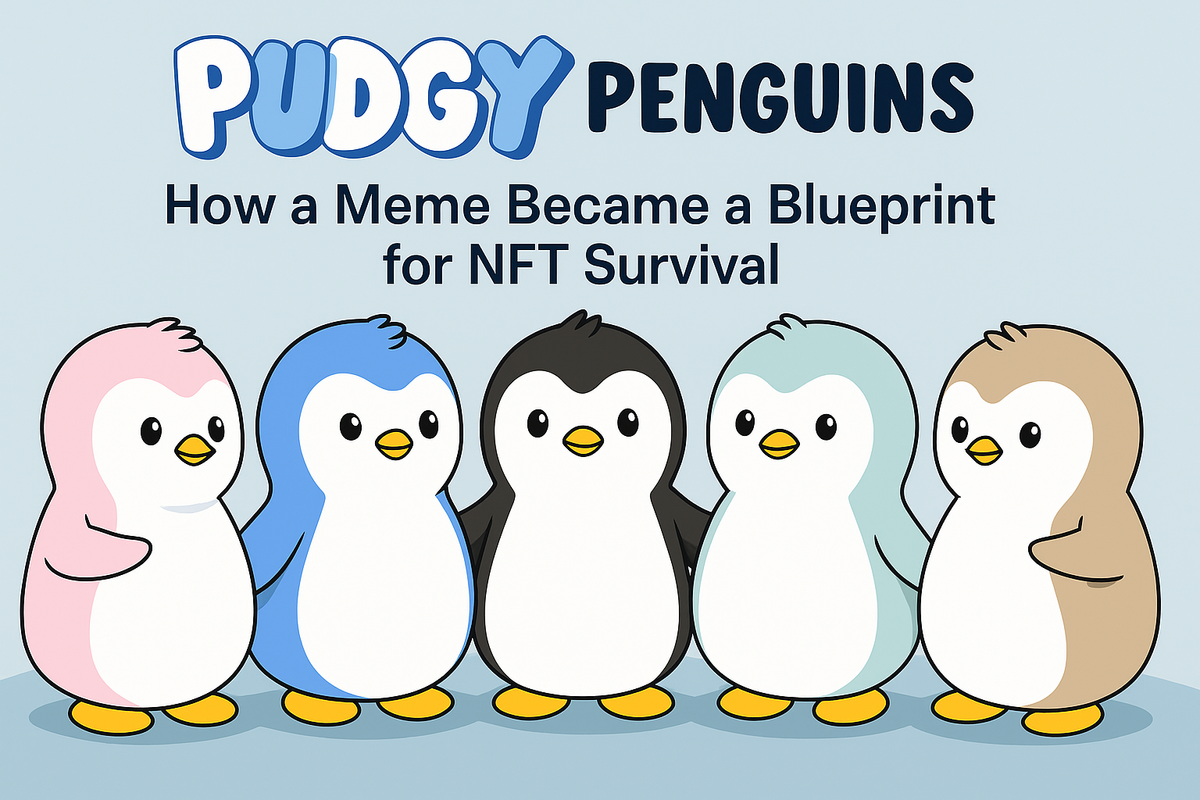
When the NFT market looked like a smoldering wreck in late 2022, one unexpected project waddled through the ashes, Pudgy Penguins.
Born as a simple memecoin-style NFT collection in 2021, Pudgy Penguins somehow pulled off one of the greatest comebacks Web3 as ever seen. But how?
🧊 The Frozen Start: From Meme to Meltdown
Originally launched during the height of NFT euphoria, Pudgy Penguins were beloved for their cute, round designs and community vibes.
However, as often happens in Web3, early success bred controversy.
The founding team was accused of mismanagement, broken promises, and no joke, trying to rug pull the project. Things got so bad that holders staged a DAO style community takeover.
Decentralized governance at work? Kind of. Chaos? Definitely.
Eventually, the community managed to vote the founders out (thanks, Snapshot voting!) and a new CEO, Luca Netz, stepped in, buying the IP for $2.5 million.
And just like that, Pudgy Penguins were no longer just JPEGs. They became a brand.

🎯 The Penguin Playbook: Building Real Utility
Luca Netz’s strategy was brutally simple:
- Forget hype-driven floor prices.
- Focus on Digital Identity building and real-world branding.
- Expand outside of crypto echo chambers.
This is where Pudgy Penguins innovated with ideas like cross-chain liquidity: making their NFTs compatible across multiple blockchains, ensuring interoperability and wider market reach.
Instead of only farming engagement on X (formerly Twitter), they pushed into physical merchandise, plush toys, children's books, licensing deals.
Pudgy Penguins became more than just NFTs. They became characters — a brand you could explain to your grandma without needing a PhD in DeFi.
Meanwhile, they quietly ensured Fair Market Liquidity for their NFTs, avoiding artificial pumps and dumps. Liquidity was genuine, supported by community growth rather than quick flips.💥 From Bear Market Survivors to Bull Market Leaders
By mid-2024, Pudgy Penguins were one of the few NFT projects posting positive ROI for holders during an overall brutal crypto winter.
Their ecosystem-owned liquidity model (inspired by pioneers like Mitosis) allowed them to fund expansion without relying on mercenary capital.
The launch of Pudgy World, a modular blockchain-based metaverse experience for Pudgy holders, proved once again that slow and steady wins the race, even in a space obsessed with the next big thing.
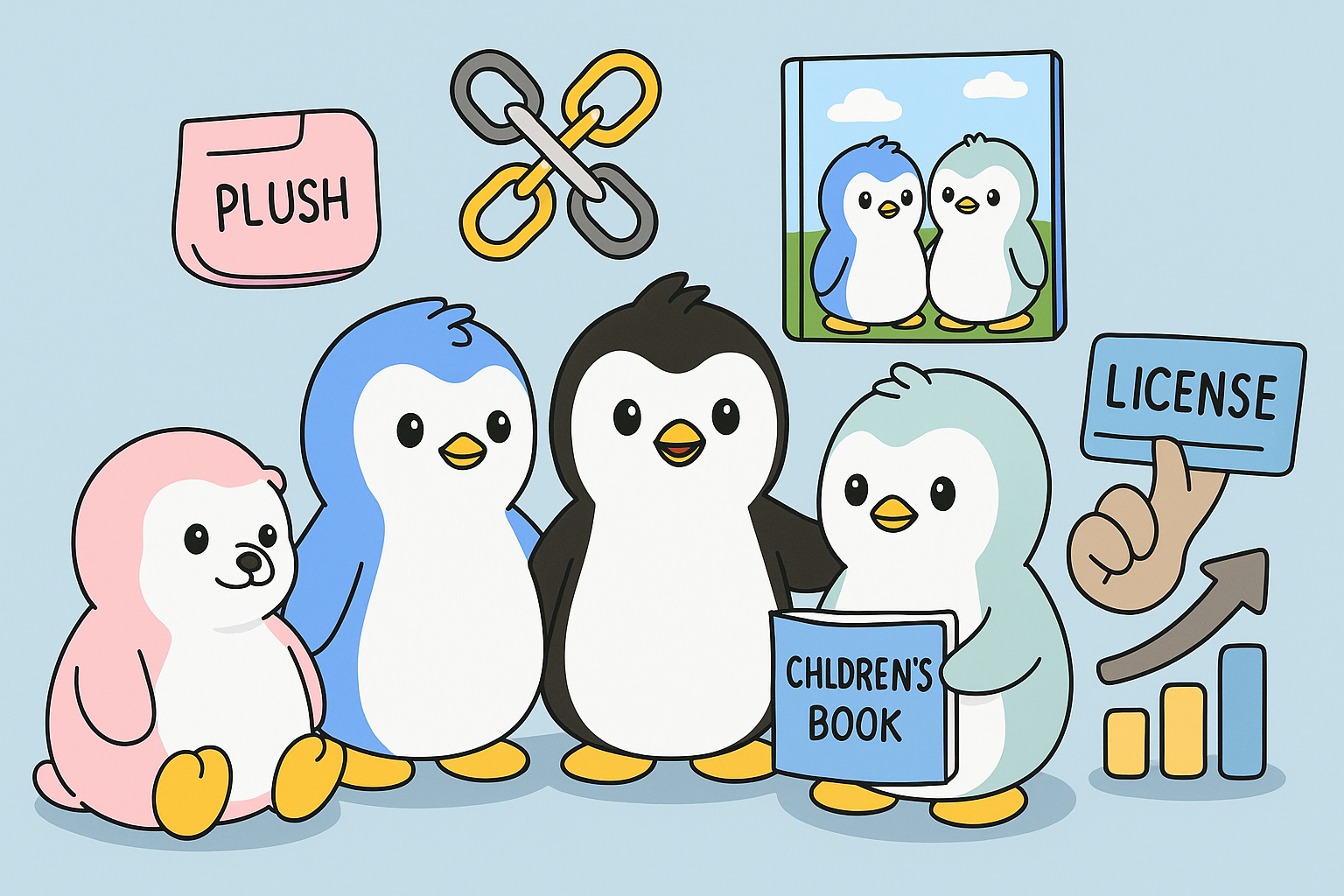
🔮 Lessons From a Flightless Bird
What does the Pudgy Penguins saga teach us?
- In Web3, community and decentralized governance aren't buzzwords. They're lifelines.
- Cross-chain liquidity and programmable liquidity are the future NFTs tied to one chain are at risk of irrelevance.
- Brands that focus on Digital Identity, not just speculative profits, are the ones that endure.
- Bear markets don't destroy value. They expose what had no value to begin with.
Pudgy Penguins didn’t just survive. They came back even stronger than before.
And ironically, it was by using the oldest strategy in the book: Build something people actually care about.
Maybe... just maybe... the real metaverse was the friends we made along the way. 🐧
I hope you guys enjoyed this thread about Mitosis. If you have any feedback feel free to hit me a dm on https://x.com/FarmingLegendX

If you want to check out my latest Mitosis University Articles you can visit them here:
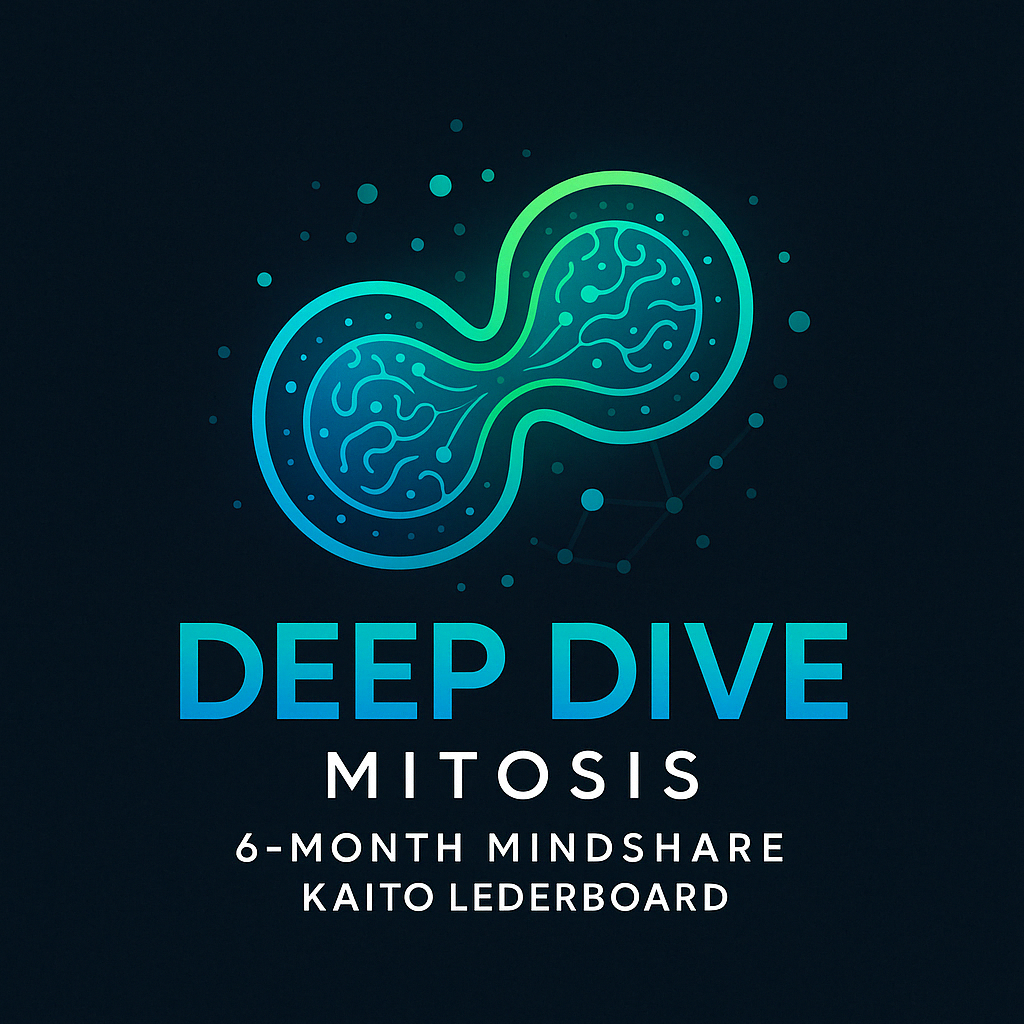
🧠 Deep Dive: Mitosis 6-Month
Read It Now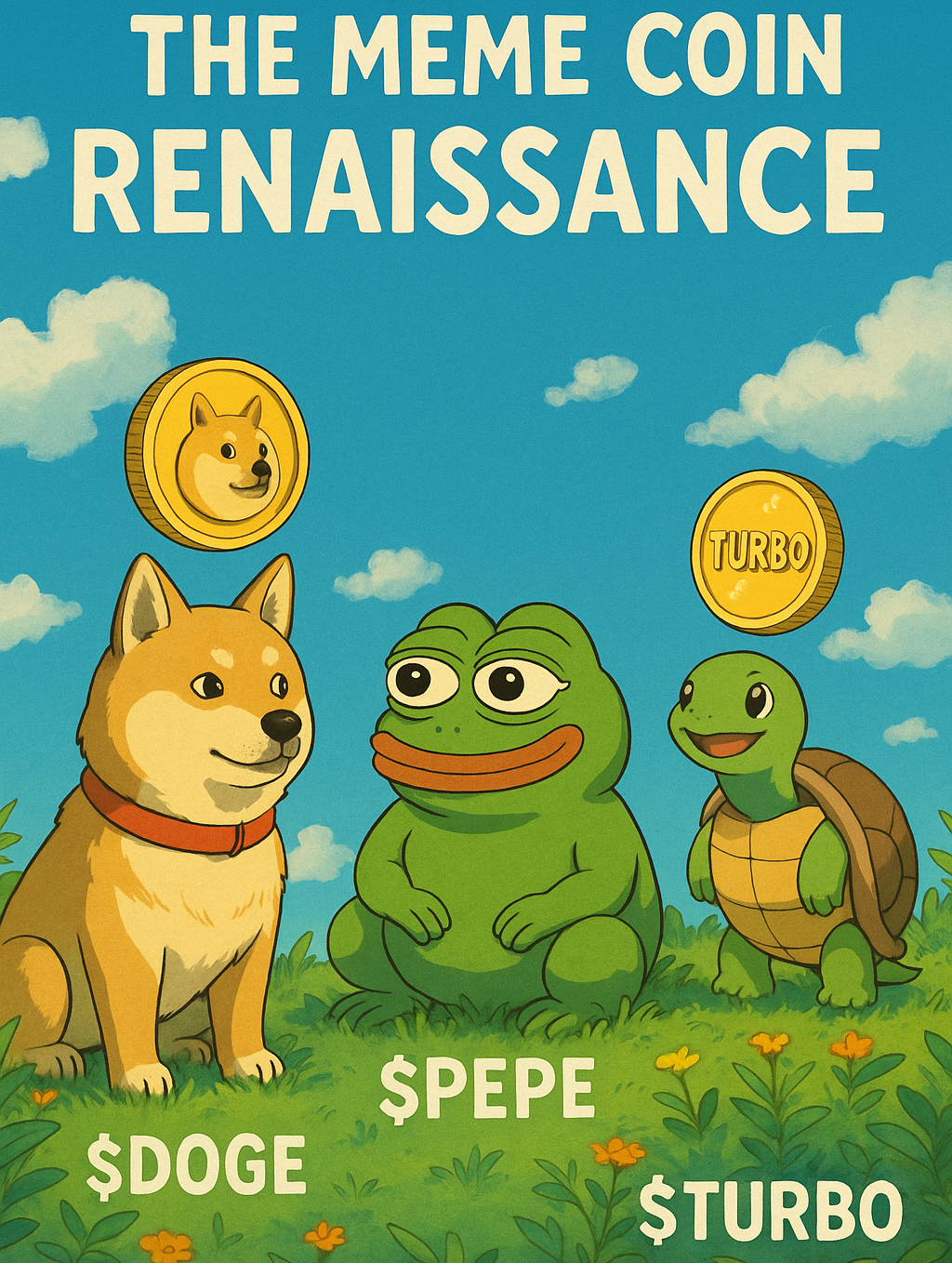

Bibliography
Official Mitosis Documentation & Whitepapers
Mitosis Team. (2024). Mitosis: Network for programmable liquidity [Whitepaper]. Mitosis Documentation. Retrieved from https://docs.mitosis.org
Partnerships & Collabs
Pudgy Penguins: Retrieved from https://pudgypenguins.com/
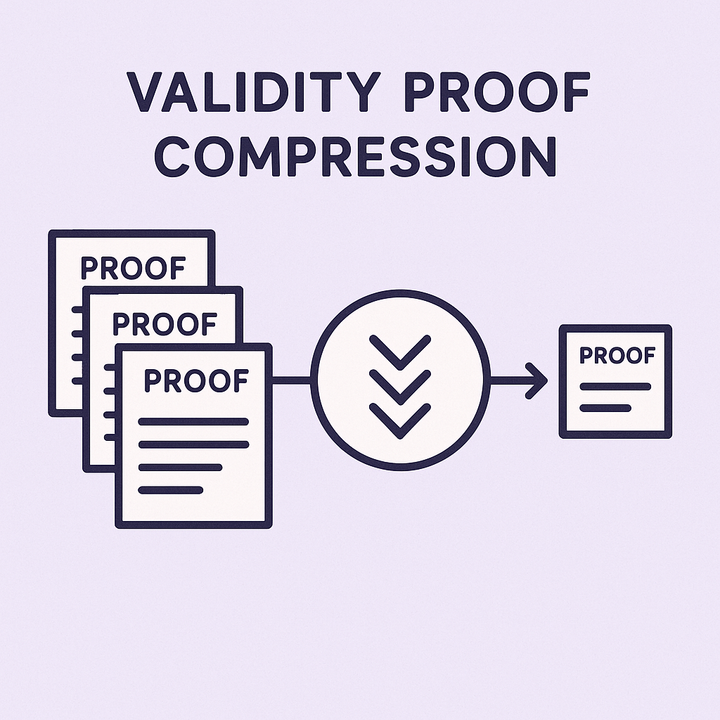
Comments ()